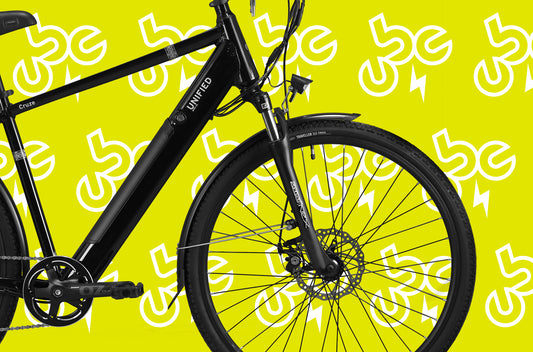In the pursuit of a healthier lifestyle, choosing the right exercise equipment is paramount. Two popular options, the bicycle and the treadmill, stand out as versatile tools for achieving cardiovascular fitness. While both offer unique benefits, this article explores the features, advantages, and drawbacks of each, ultimately revealing why the bicycle may be the superior choice.
Bicycle: The Joy of Outdoor Adventure
Advantages of Bicycling:
One of the most appealing aspects of cycling is the opportunity to engage in outdoor exercise. Whether cruising along scenic bike paths, tackling challenging terrains, or simply commuting to work, the bicycle provides a dynamic and enjoyable experience. The fresh air and changing scenery make each ride a unique adventure, promoting mental well-being along with physical fitness.
Cycling for All Ages:
Bicycling is accessible to people of all ages and fitness levels. From leisurely rides for beginners to intense mountain biking for enthusiasts, there's a style of cycling for everyone. Moreover, it's a low-impact exercise, making it gentle on the joints and suitable for individuals with varying fitness levels or those recovering from injuries.
Caloric Burn and Muscle Engagement:
Cycling is an excellent calorie-burning activity. Whether pedaling through city streets or climbing uphill trails, the engagement of major muscle groups contributes to an effective workout. This full-body workout not only burns calories but also builds strength, particularly targeting the lower body muscles such as the quadriceps, hamstrings, and calves.
Treadmill: The Indoor Workout Solution
Weather-Independent Exercise:
The treadmill, on the other hand, offers a climate-controlled environment, making it a reliable option regardless of weather conditions. This can be particularly advantageous for those living in regions with extreme temperatures or frequent rain, allowing for consistent workout routines year-round.
Customizable Workouts:
Treadmills often come equipped with various features to customize workouts. Users can adjust speed, incline, and intensity, simulating different terrains and challenges. This versatility makes treadmills suitable for individuals with specific fitness goals, such as weight loss, endurance training, or interval workouts.
Joint-Friendly Exercise:
While both bicycles and treadmills are low-impact compared to some other forms of exercise, treadmills offer a slightly softer surface. This can be beneficial for individuals with joint concerns or those recovering from injuries, providing a gentler option for sustained exercise.
Monitoring Progress:
Many treadmills come equipped with digital displays that allow users to track key metrics such as distance, speed, and calories burned. This feature can be motivating for individuals who thrive on data and enjoy monitoring their progress over time.
The Verdict: Bicycle as the Ultimate Fitness Companion
Despite the advantages of both bicycles and treadmills, the bicycle emerges as the ultimate fitness companion for several reasons.
Outdoor Enjoyment and Mental Health:
The immersive experience of outdoor cycling contributes significantly to mental well-being. The changing scenery, fresh air, and the sense of adventure create a more enjoyable exercise routine compared to the confined space of a treadmill. Studies have shown that exposure to nature during physical activity can enhance mood and reduce stress, further supporting the case for cycling.
Community and Social Aspect:
Cycling also offers a unique social aspect that is often lacking in treadmill workouts. Group rides, cycling clubs, or even casual rides with friends and family provide opportunities for social interaction, fostering a sense of community and camaraderie. This social aspect can enhance motivation and make the fitness journey more enjoyable and sustainable.
Variety of Terrains and Challenges:
While treadmills offer customizable workouts, they lack the diversity of terrains and challenges that outdoor cycling provides. From flat roads to hilly terrains and mountainous trails, cyclists can continually vary their routes, preventing workout monotony and engaging different muscle groups.
Environmental Impact:
Choosing a bicycle as a mode of transportation not only benefits personal health but also contributes to a greener planet. Bicycles are eco-friendly, emitting no carbon emissions and requiring minimal resources compared to the manufacturing and electricity consumption associated with treadmills.
Cost-Effective and Low Maintenance:
Bicycles are generally more cost-effective than high-quality treadmills. Once you invest in a bicycle, the ongoing costs are minimal, mainly limited to occasional maintenance. Treadmills, on the other hand, may require electricity, regular maintenance, and potentially costly repairs.



